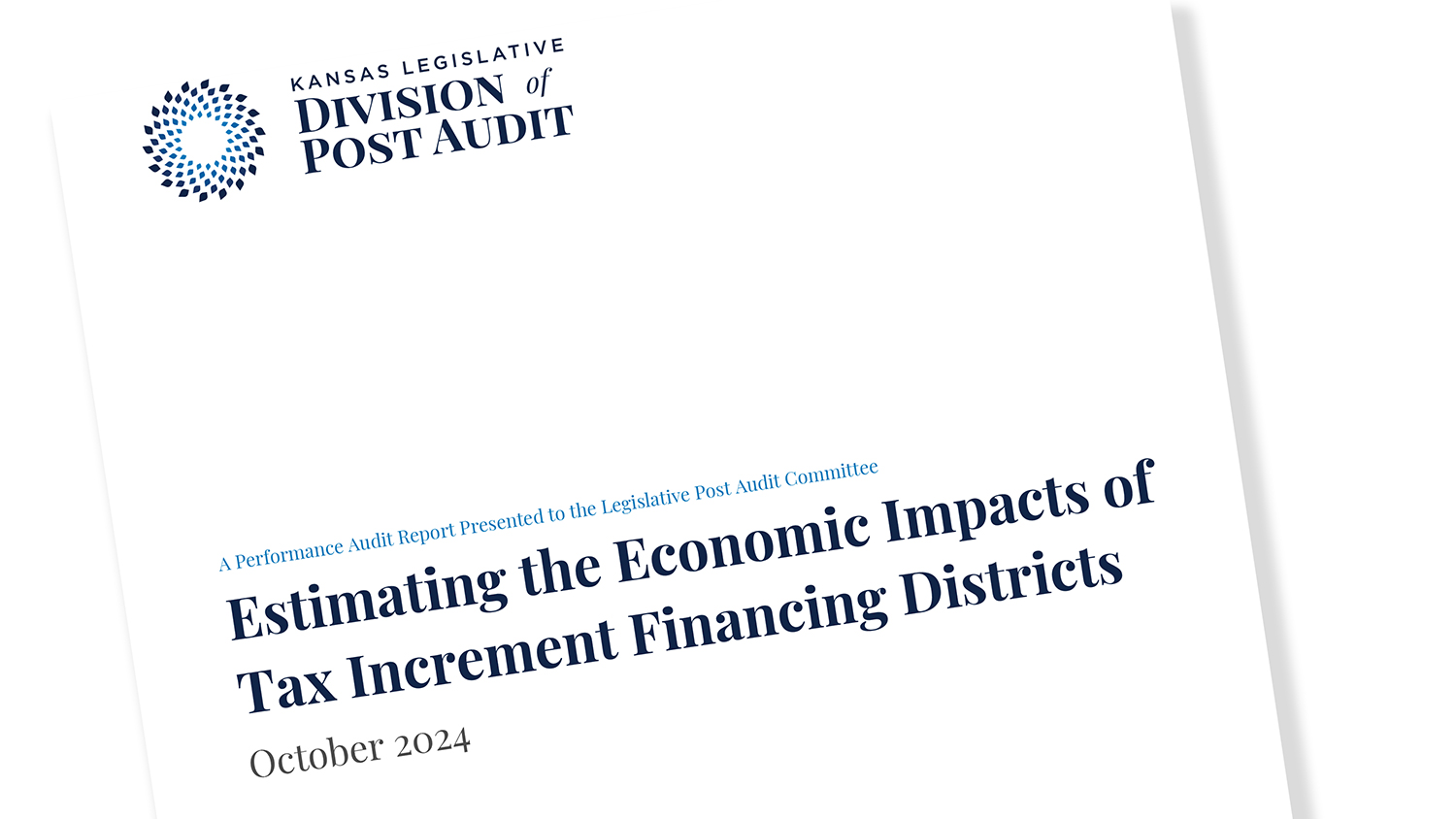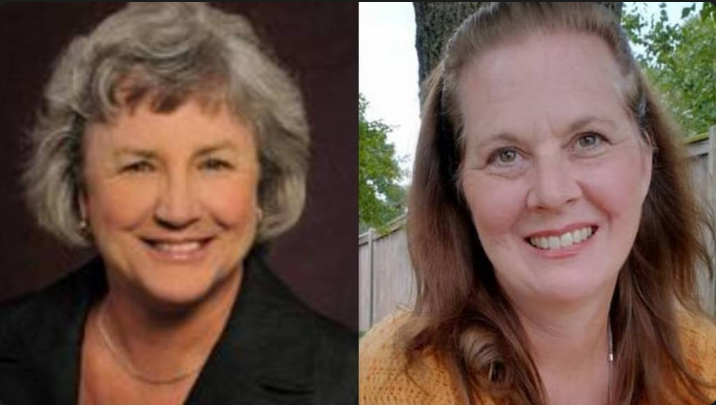Sen. Mike Thompson, a Shawnee Republican, wants the Kansas Department of Commerce to track the success of economic initiatives like tax increment financing districts to evaluate the full burden on taxpayers. (Sherman Smith/Kansas Reflector)
TOPEKA — Some of Kansas’ largest cities are struggling to gain full returns on tax increment financing districts meant to help bolster development activity and property values, a recent state audit found.
TIF districts , as they are called, are intended to fund real estate projects that otherwise wouldn’t exist. The idea is that the development will increase property values in the designated district, resulting in higher property tax collections that are used to pay off the bonds that financed the project.
State auditors surveyed six TIF districts from Kansas’ largest cities and found that half did not recover their costs in a timely manner. Most experienced construction delays and recorded increased crime rates after development finished. At least one city calculated its TIF collection incorrectly.
Auditors presented their findings to legislators at an Oct. 7 committee hearing. Most of the districts surveyed saw benefits, but whether those benefits were worth the investment is subjective, the audit found.
Two cities, Wichita and Topeka, aren’t likely to recover the costs of three projects through TIF revenue by the end of the districts’ lifetimes.
In Topeka, the general fund is covering an estimated 40% of the city costs associated with the College Hill TIF project, the audit found. In Wichita, two projects have experienced construction delays and the projects haven’t generated as much TIF revenue as anticipated. One of those projects, the Douglas and Hillside TIF district, was $1.8 million behind on debt service payments as of 2022, but the city said the debt will be fully financed by 2027, according to the audit. The other project, the Ken Mar TIF district, was $420,000 behind on payments as of 2022 and developers have been tied up in litigation with the city.
“If a city cannot pay off debt obligations on time, then its overall cost from the TIF project may increase as it accrues additional interest,” according to the audit. “The use of other city funds to help cover shortfalls may leave less funding for other purposes.”
Lawmakers expressed frustrations with the lack of comprehensive statewide data measuring the success of economic initiatives and said they’d like to see the Kansas Department of Commerce take up the task to enhance transparency. State law doesn’t currently have any data collection or goal requirements for TIF districts, the audit found.
Sen. Mike Thompson, a Republican who represents parts of Johnson and Wyandotte counties, said he’s in favor of a database that includes a measurement of the burden TIF districts impose on taxpayers to help in local government decision-making.
“It would be nice if we asked the commerce department to include this so when we’re looking at our various communities it becomes much easier for our budget people to see what kind of burden we’re putting on the taxpayers,” Thompson said.
Stan Longhofer, a Wichita State University professor and finance director for the WSU Center for Real Estate , said TIF districts work well when a locale, a neighborhood or a piece of property is in decline or on the verge of decline.
When property values in an area are stagnated or flat, and a developer can’t make a project viable, TIF fills the gaps. Longhofer believes redevelopment projects are the most appropriate contenders for TIF districts, but redevelopment isn’t a requirement under Kansas’ TIF statute.
“If it’s a green field development, it shouldn’t be a TIF,” he said.
The nature of TIF districts and their “but for” standard, which refers to the idea that a development wouldn’t occur but for incentives, made it difficult for auditors to gauge the full success of the districts surveyed. It’s difficult to know for certain whether property values surrounding a TIF district increased because of the district or because of other factors, Longhofer said.
“It relies almost entirely on what-ifs,” he said.











